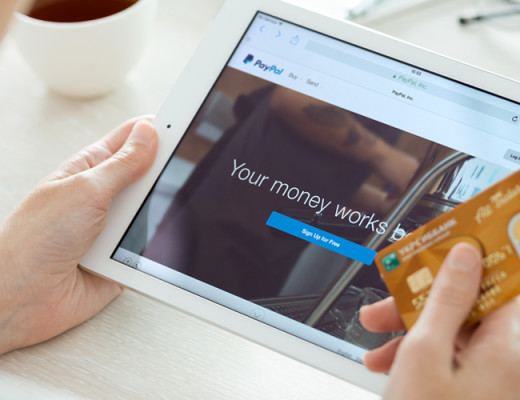Does your website have a Landing Page? Maybe you aren’t even sure. Or maybe you are confused about its use. Here’s some clarification on what exactly a landing page is and how to best utilize it in your website’s design.
The landing page defined
Part of the confusion surrounding landing pages is that in general there are two kinds of landing pages: reference and transactional.
A reference landing page is part of your website’s navigation. It offers information to your visitors such as links to other pages of your website, reference links, images or other information.
Transactional landing pages have the goal of compelling the visitor take part in something; most often filling out a form. The transactional landing page is used to gain as much information about your visitor as possible so that you can turn the visitor into a customer.
Reference landing page uses
One of the most common uses for a reference landing page is to present a list of the products or services you offer along with a brief description. From here, you can link to more detailed product or service pages.
The most important component of a good reference landing page is that it encourages the reader to click to learn more about a specific product or service. The hope is from there, the casual reader will turn into an active customer.
Transactional landing page uses
The most important function of a transactional landing page is to gather customer information. This data gives you a way to contact your visitors and turn them into customers.
The best designed transactional landing pages include these elements:
- headline
- brief description of your offer
- at least one image relevant to your offer
- a form for the visitor to fill out with all their pertinent information
It’s crucial to keep visitors on the landing page, so they feel compelled to share their information. One of the best ways to do this is to remove your site’s main navigation menu.
Another element visitors like to see are forms that don’t require a lot of information to fill out. So, ask for only the information you really need. One successful technique to collect usable data is to include a number of fields but only make a couple required.
A well designed landing page can be a great tool to convert a casual visitor of your website to a customer. When developing one or more landing pages for your website, decide what goals you want to accomplish. Regardless of whether you are creating a reference or transactional landing page, most web designers agree on one thing: your landing page shouldn’t be your home page.
There may be a variety of different resources someone can choose on your home page. A landing page needs to contain concentrated information, as its sole purpose is to capture information. A visitor won’t be seeking out information or filling out forms if he’s too busy looking at all the other navigation options on your home page.


